A Model of Collaboration
As early wins are achieved, they can provide tangible evidence of and validate the need for collaboration. These achievements encourage a virtuous cycle of trust building and commitment to the work across partners. Yet small wins may not be as effective for trust building when stakeholders aim for more ambitious goals and when intermediate outcomes may not be possible. The collaboration model described below – based on Ansell and Gash (2008) – informs how more ambitious PPP outcomes can be realized.
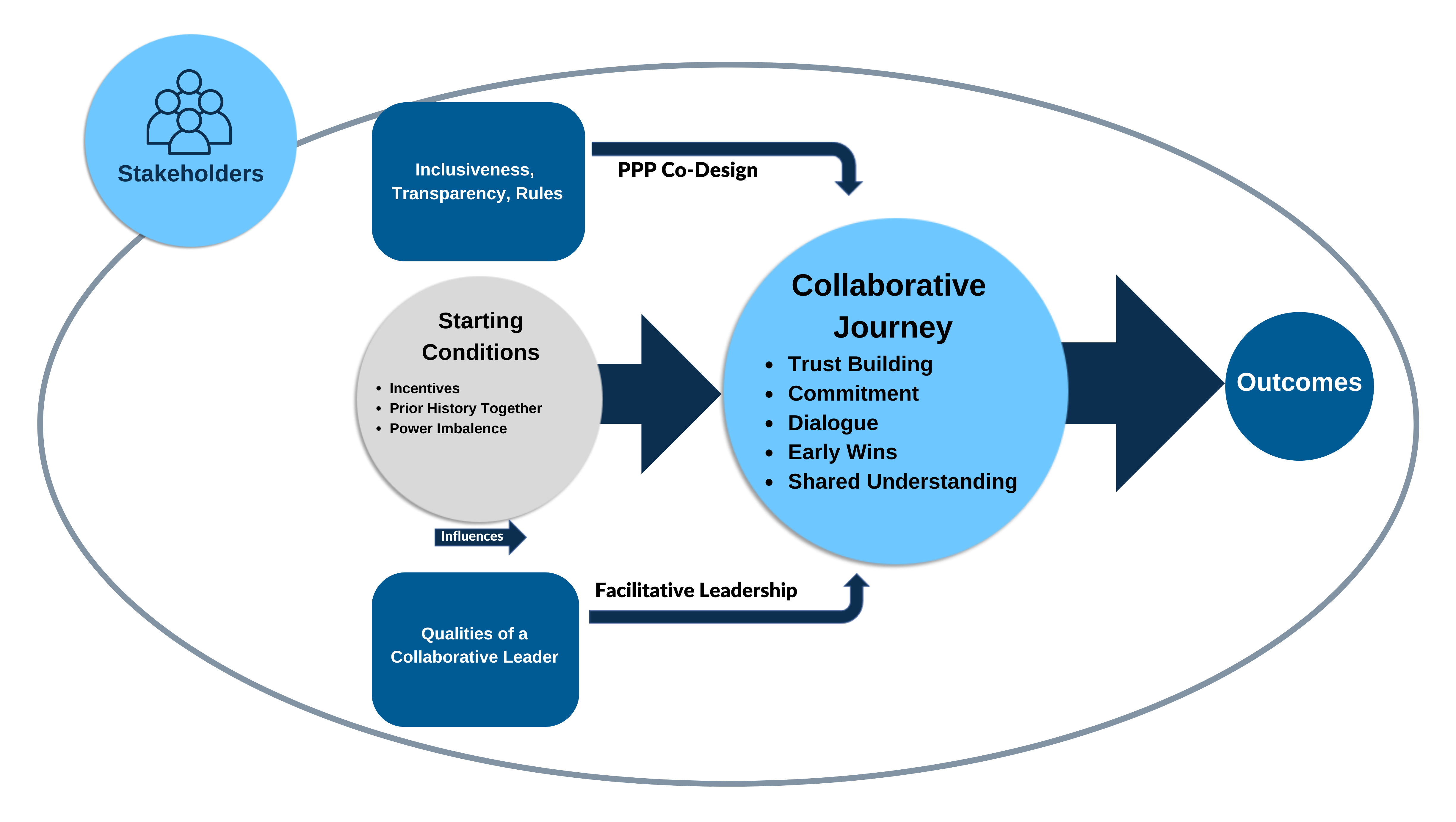

What Step of the PPP Journey Are You On?
In the process of setting up or operating a PPP, the collaboration model can be tailored to the PPP and be used to set up conditions leading to a successful collaborative. The model stresses six collaborative process variables with starting conditions, PPP co-design, and facilitative leadership variables represented as either critical contributions to, or context for, the collaborative process.[1]
- The work is initiated by public agencies or institutions.
- Participants include non-state actors.
- Participants engage directly in decision-making and are not merely ‘‘consulted’’ by public agencies.
- The participants are formally organized and meet collectively.
- Decisions are made by consensus, even if consensus is not achieved in practice.
- The focus of the collaboration is on public policy or public management of assets.
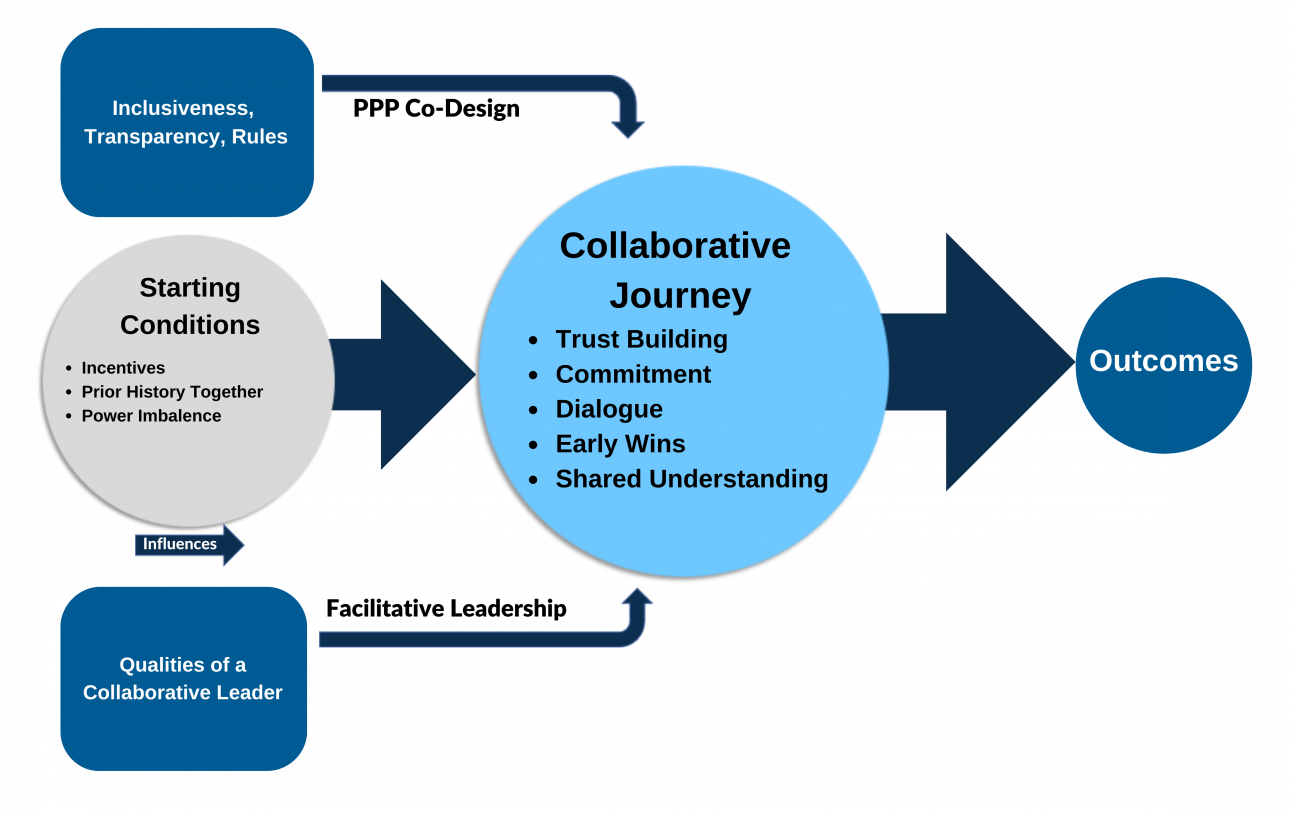
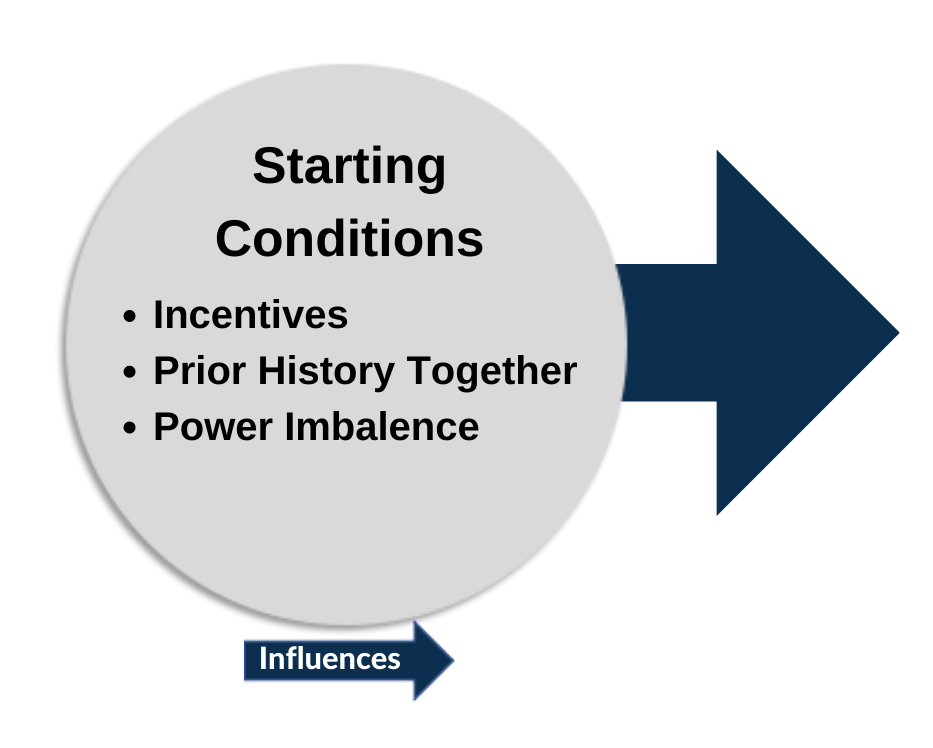
Part 1: Starting Conditions
Conditions present at the start of a collaborative effort can either facilitate or discourage cooperation among the participants. Regardless of a history of distrust and antagonism or shared vision and trust amongst the stakeholders, collaboration may be difficult, but the first case must overcome problems of distrust, disrespect, and outright antagonism.[1]
The elements of power-resources, incentives or constraints, and prehistory of cooperation or conflict, can contribute to an unfavorable environment for collaboration if left imbalanced or unaddressed.
Part 2: Facilitative Leadership
According to Ansell and Gash, facilitative leadership in the form of a collaborative leader or champion is essential to reach consensus while maintaining a balance among diverse perspectives. An effective facilitative leader is critical in maintaining clear ground rules, building trust, ensuring balanced communications, thus empowering and representing weaker stakeholder voices. The leader stays above the fray and keeps the integrity of process moving the collaborative process forward.[1]
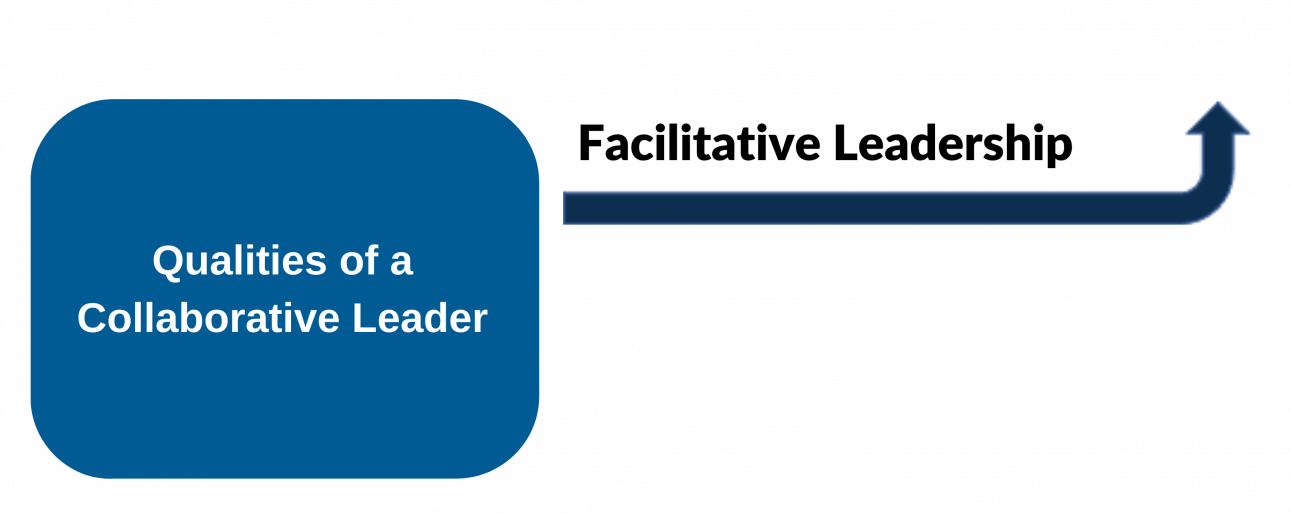
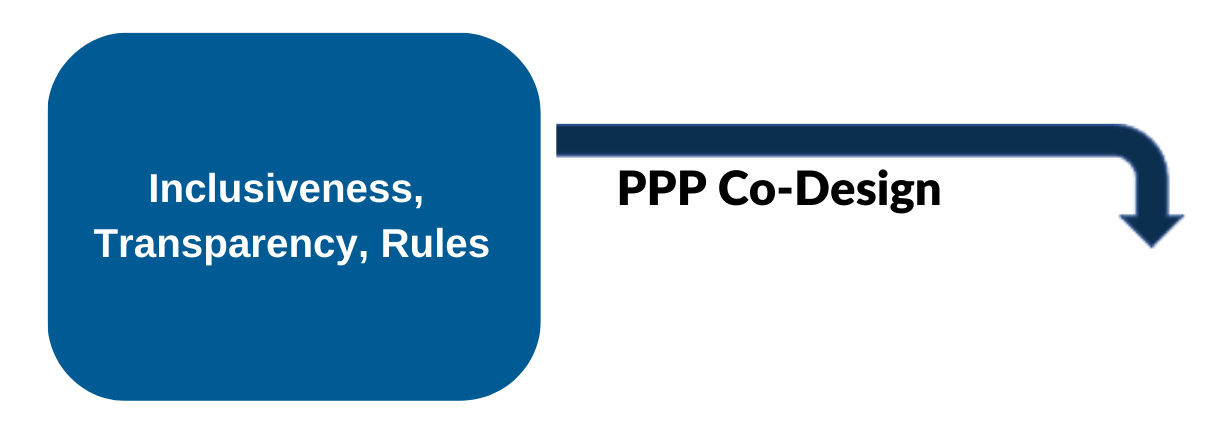
Part 3: PPP Co-design
This part of the collaboration model refers to establishing foundational protocols, and transparent ground rules for the collaborative to operate with procedural legitimacy. The model also points to the inclusion of a broad inclusiveness of all critical stakeholders, and the use of deadlines by including realistic timetables.[1]
Part 4: Collaborative Journey
As the collaborative journey begins, the elements of trust-building, commitment, dialogue, early wins, and shared understanding together represent the iterative process of collaboration needed to attain agreed-upon outcomes.[1]
Collaboration implies that partners will have real responsibility for outcomes, so it is important those partners be engaged in decision-making. When decision-making and partner recommendations are not valued, participation in the collaborative journey can decrease over time.
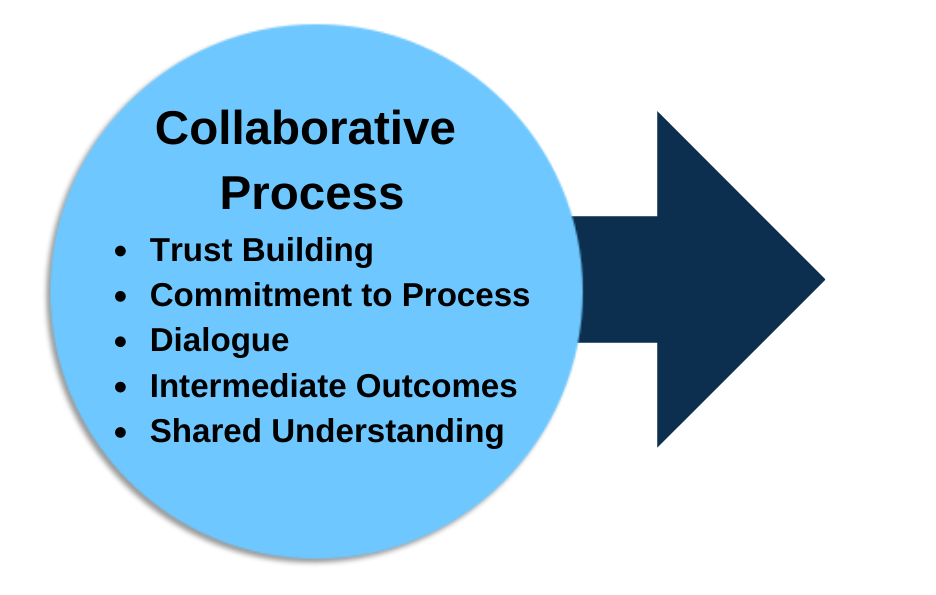
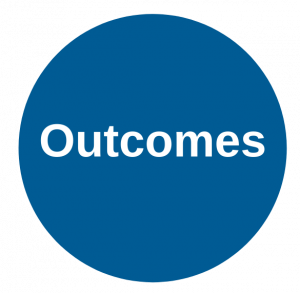
Part 5: Outcomes
Ansell and Gash assert that as early wins are achieved, they provide tangible evidence of and validate the need for collaboration. These achievements encourage a virtuous cycle of trust building and commitment to the work across partners. Engaging partners on the nature and value of collaboration and driving accountability for related measures as well as short-, medium-, and long-term outcomes can foster trust needed to achieve success.[1]



